If you plan to propagate comfrey from seed, consider harvesting some seed from the common comfrey plant. Common comfrey, also known as true comfrey or Symphytum officinale, will produce viable seeds which can be harvested and saved. Learn how to harvest comfrey seeds, and add new comfrey plants to your herb garden.
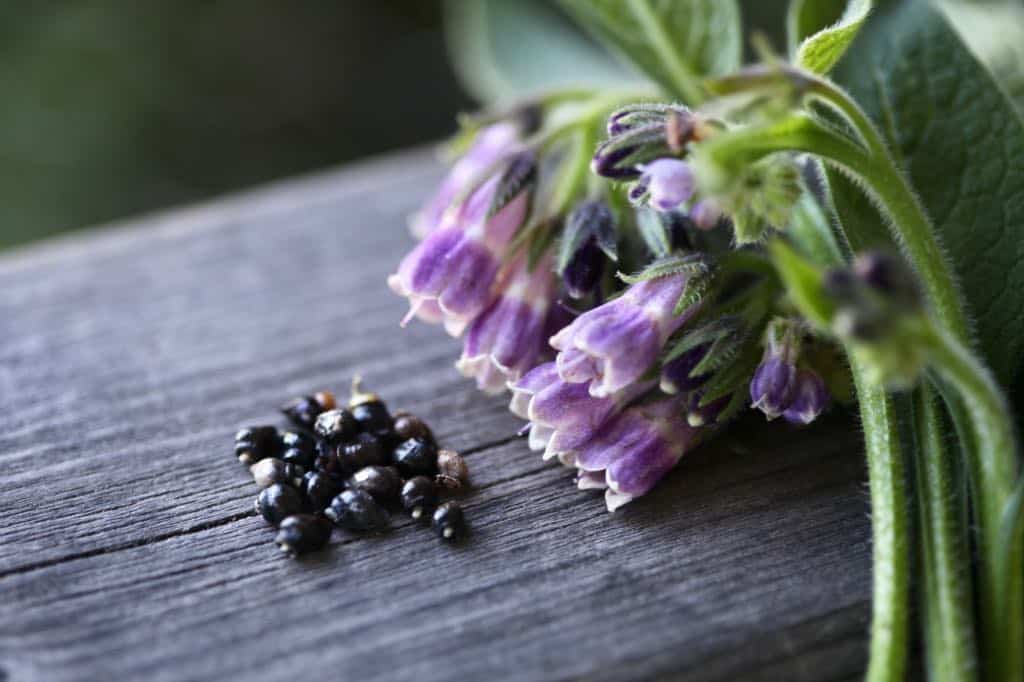
Growing any herbs from seed can be a fun activity. Harvesting your own seed helps you to get to know your plants just a little better, and is an economical way of obtaining the seeds.
Sometimes plants grown from seed will be hybrids, and the resulting plants may be different than the parent plant.
In the case of true comfrey however, the seeds will produce plants very similar to the parent plant.
Harvesting comfrey seeds is a great way to obtain the seeds for propagation purposes. Comfrey is fairly easy to grow from seed using the right planting techniques.
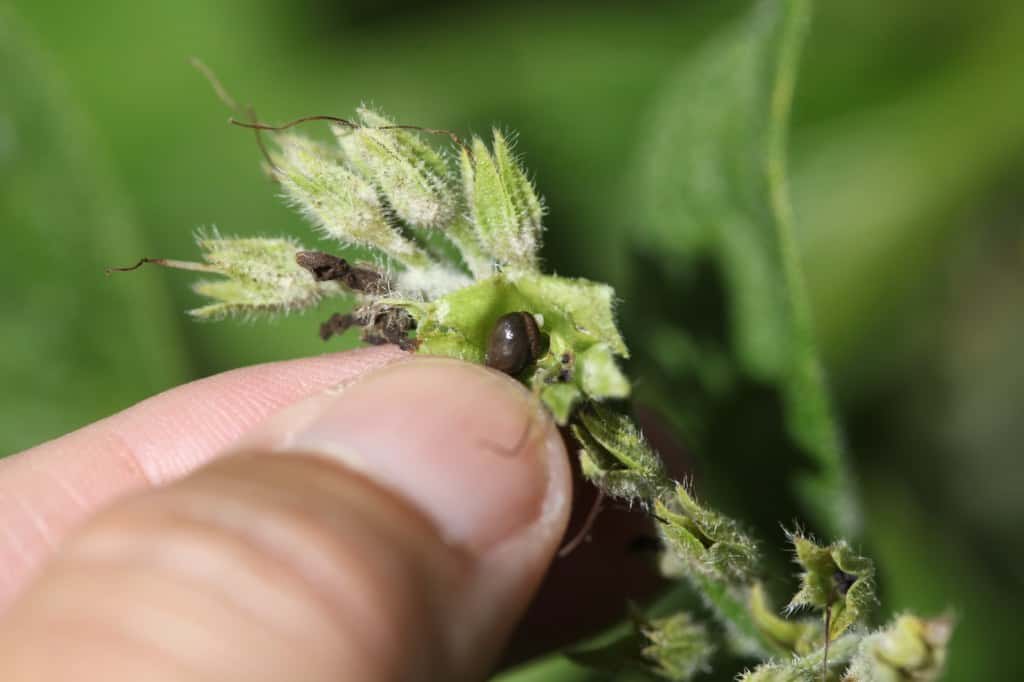
About Comfrey And It's Uses
Comfrey is a perennial herb, which is native to Europe and Asia. The plant blooms is late spring or early summer, producing masses of unfurling purple bell-shaped flowers.
Comfrey has been grown throughout the ages, and used for medicinal purposes. The plant also has value as a natural fertilizer and soil enhancer, which is what we use it for in our own garden.
Medicinal Use
The comfrey roots and leaves have been used traditionally in herbal medicine for centuries. Comfrey is a well known medicinal herb which has been used for it's anti-inflammatory properties, as well as wound and bone healing effects (source).
Use of comfrey as a herbal medicine has changed over time due to risks of internal use.
Oral consumption of the comfrey herb is now discouraged, due to the risk of liver injury caused by comfrey's pyrrolizidine alkaloids. Even topical preparations should be used under the supervision of a healthcare professional.
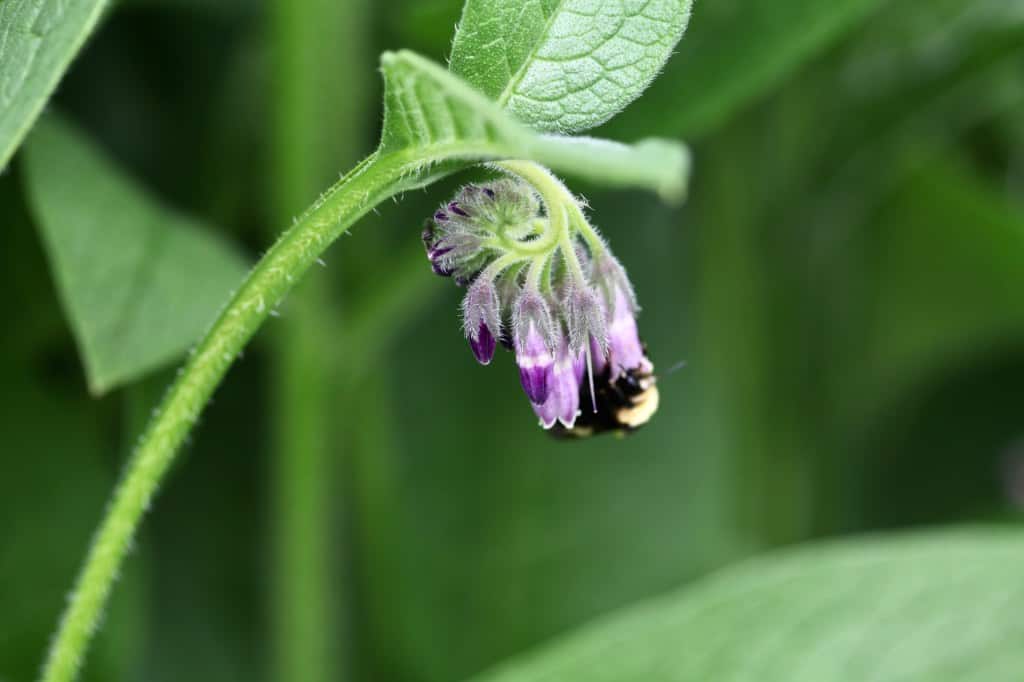
Garden Use
Besides it's medicinal use, comfrey is also a wonderful herb to have in the garden.
The plant is valued as a companion plant, draws beneficial insects into the garden, and also repels some garden pests due to it's odor.
This perennial plant also has a deep root system which allows the plants to draw nutrients from deep within the ground, that many other garden plants can't access.
Comfrey can be used as a natural fertilizer, due to its ability to act as a dynamic accumulator of these important nutrients for plant growth.
The deep roots reach down into the soil, and bring the nutrients up to the surface. Deposited into the comfrey plant itself, these nutrients are eventually returned to the garden at the end of the season, when the plant composts back into the soil.
The roots can also help to break up compacted soil, contributing to soil health and structure.
I like to make a comfrey tea with fresh comfrey leaves, to use as a fertilizer on the garden beds.
The leaves can also be used as a green mulch, applied directly to the top of the soil where they will quickly dry and compost back into the soil.
The plants also have use as a compost activator, and can be added directly to the compost pile.
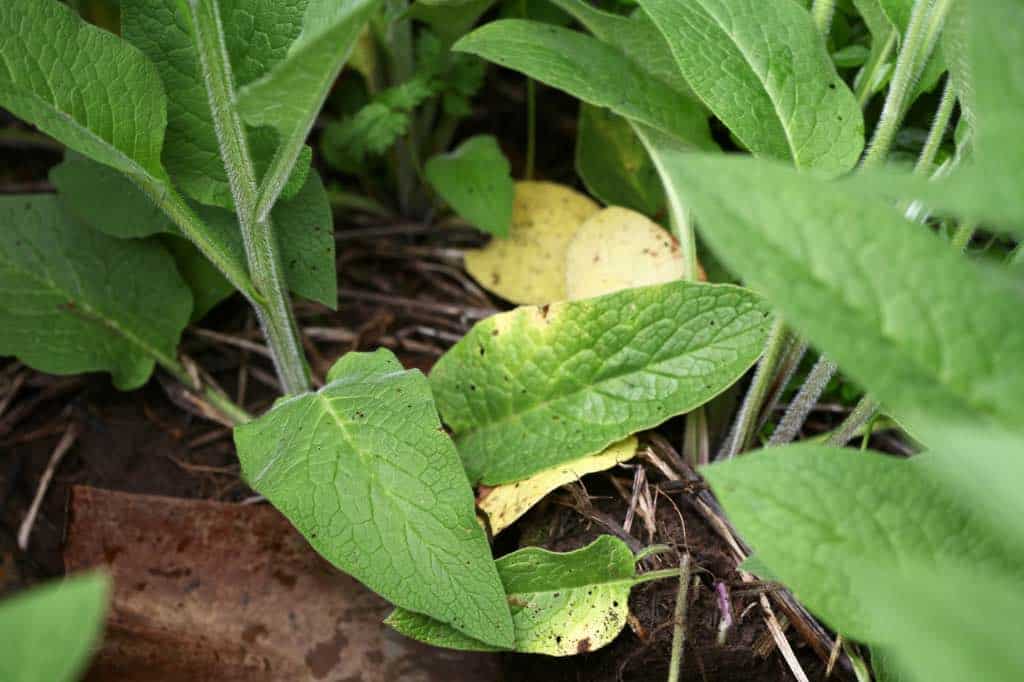
Comfrey Seed Development
Comfrey flowers bloom in succession along the flower stalk in late spring or early summer. The flowers are pollinated by insects, as they visit the garden.
If pollination is successful and the flowers are fertilized, the plant produces seeds which mature over the next 6 to 8 weeks.
Due to the successional blooming along each flower stem, you will find comfrey seed pods in various stages of maturity along the flower stem itself.
As the comfrey seeds become mature, they will loosen within the seed pod, and are easily dispersed back into the garden by the wind.
If you plan on harvesting comfrey seeds, it's important to catch them before they are released from the seed pods.
Some comfrey growers keep a close eye on their comfrey patch and seed pods, when they are planning to collect the comfrey seeds.
Even so, quite often the seeds manage to escape the harvest, as they are released quickly into the garden before the harvester gets to them. There are a few ways to get around this, which we will discuss.
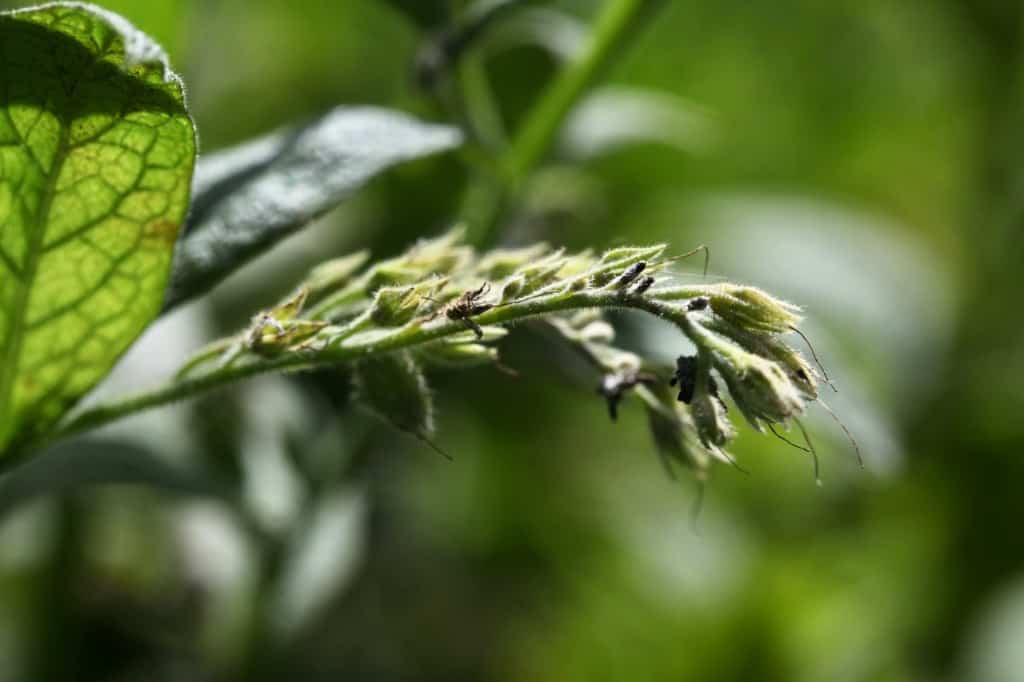
What Do Comfrey Seeds Look Like?
Mature comfrey seeds are oval shaped and black or grey in color.
The seeds are often found enclosed in the flower bracts, which close up as the seeds begin to form, creating a protective pod around the seeds.
Inside the pods you may find one or two seeds, although I generally only find one.
The seeds will easily fall away from the seed pod when they are mature.
You may also find immature comfrey seeds inside pods on the same flower stem, at the same time in which you find mature dark seeds.
This is due to the fact that the flowers on each stem bloom in succession. Therefore there will be different fertilization times, and various stages of development in the seed growth on each stem.
The immature seeds range in color from white to shades of brown as they approach maturity. Immature seeds are fixed within the seed pods are do not easily fall away as the mature seeds do.
Make sure to leave the seed pods on the plant to mature, in order to harvest viable seeds.
When harvesting comfrey seeds, you will not likely get large quantities of seed, unless you have some type of setup in place to catch the falling seeds.
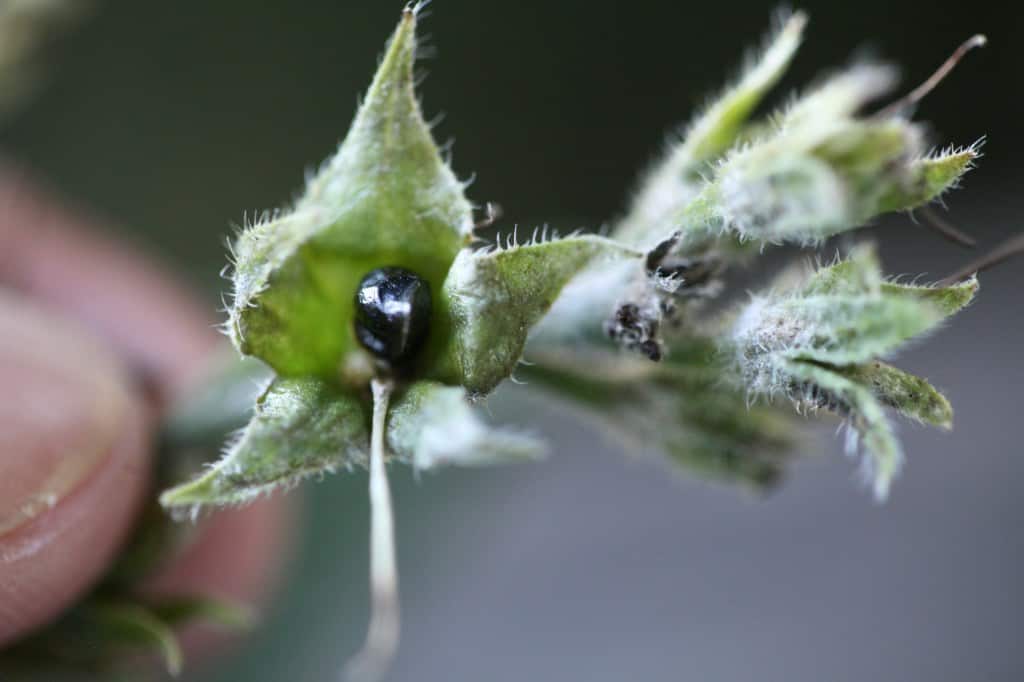
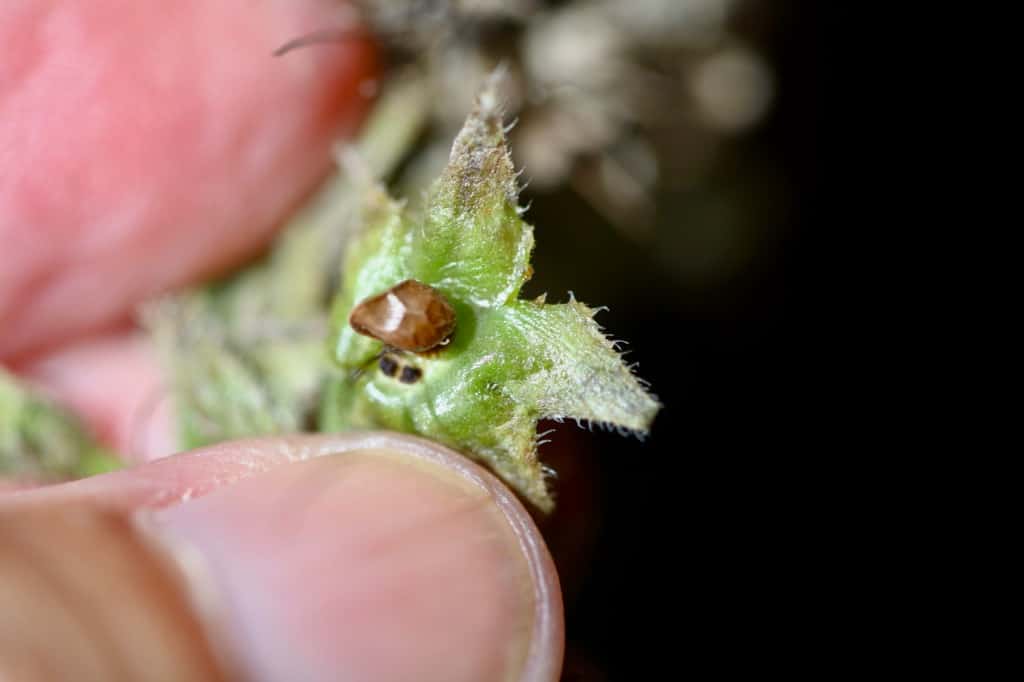
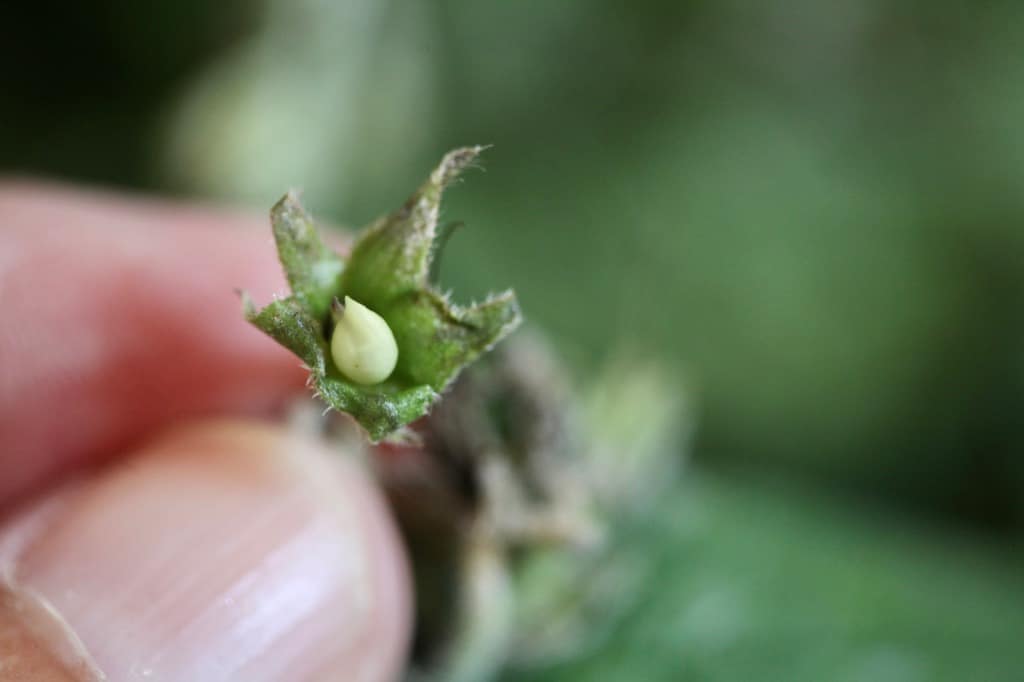
Do All Comfrey Plants Produce Seeds?
Not all comfrey is fertile, such as the Russian comfrey (Symphytum x uplandicum) varieties. These plants are considered sterile, and will not produce seeds
True comfrey however is a fertile and seed producing plant, so this is where you will find comfrey seeds for harvesting.
If you can't find true comfrey plants from which to harvest seeds, you can also purchase packets of seeds, which are generally readily available.
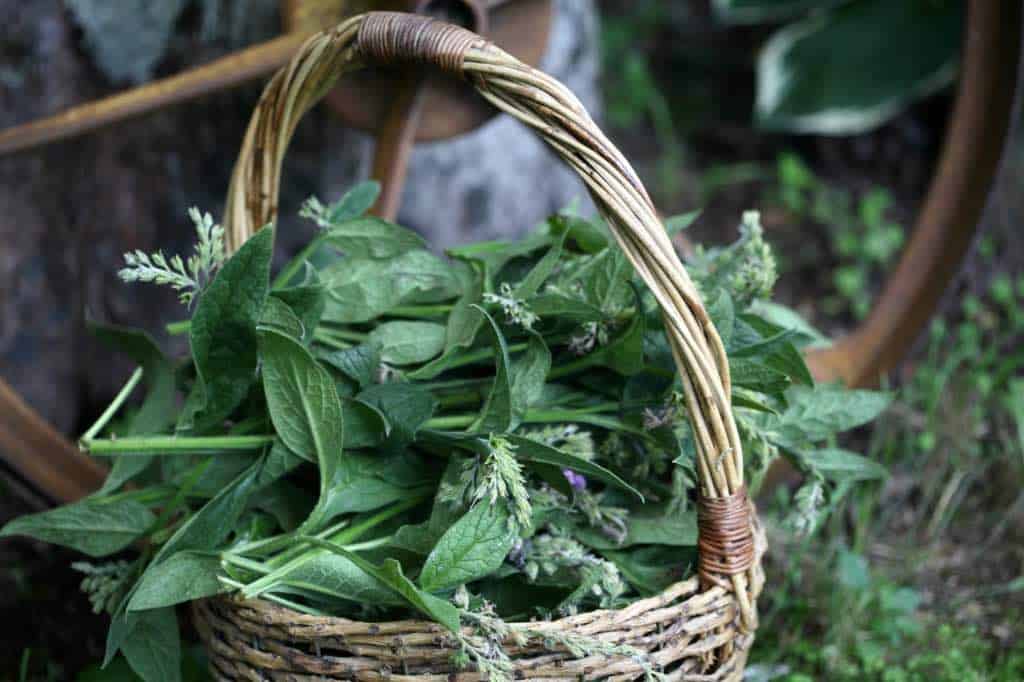
How To Harvest Comfrey Seeds
Tools Required To Harvest Comfrey Seeds
To harvest comfrey seeds you will need:
- a container for collection of seed pods
- and a pair of sharp scissors with which to cut the comfrey stems
When To Harvest Comfrey Seeds
Harvest comfrey seeds approximately 6 to 8 weeks after blooming, when the individual seed pods are demonstrating seed maturity by revealing black seeds inside the pods.
Keep a close eye on the plants if you are growing them in the garden, and make sure to catch the seeds before they become loose and fall to the ground.
If you come across a spent comfrey flower stem which seems to be empty of seeds, make sure to look carefully at all the pods.
Although many seeds may have been released, there still may be a few seed pods which actually do contain a viable seed.
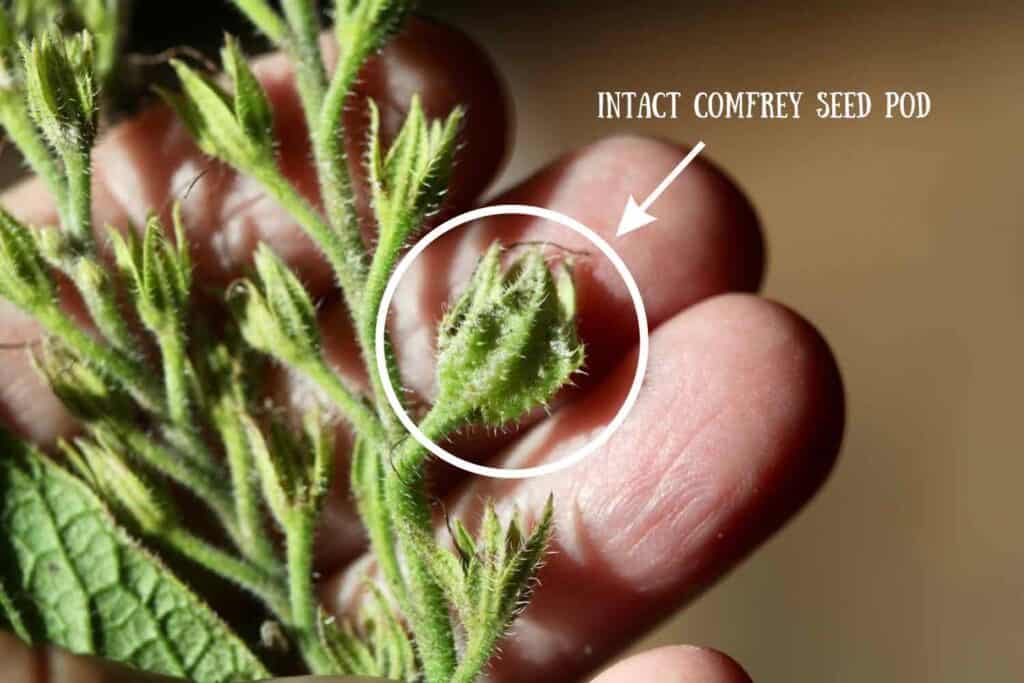
The Process Of Harvesting Comfrey Seeds
The process of harvesting the comfrey seeds is quite simple, and involves removing the mature seed pods containing dark seeds, which are either grey or black in color.
You can easily open up the pod and peek inside to see the seed.
Going through each stem to locate a mature seed pod in the garden may be arduous for some. If that is the case, you can cut off the flower stems with both empty and intact pods, place them in your container, and bring them inside to sort the seeds.
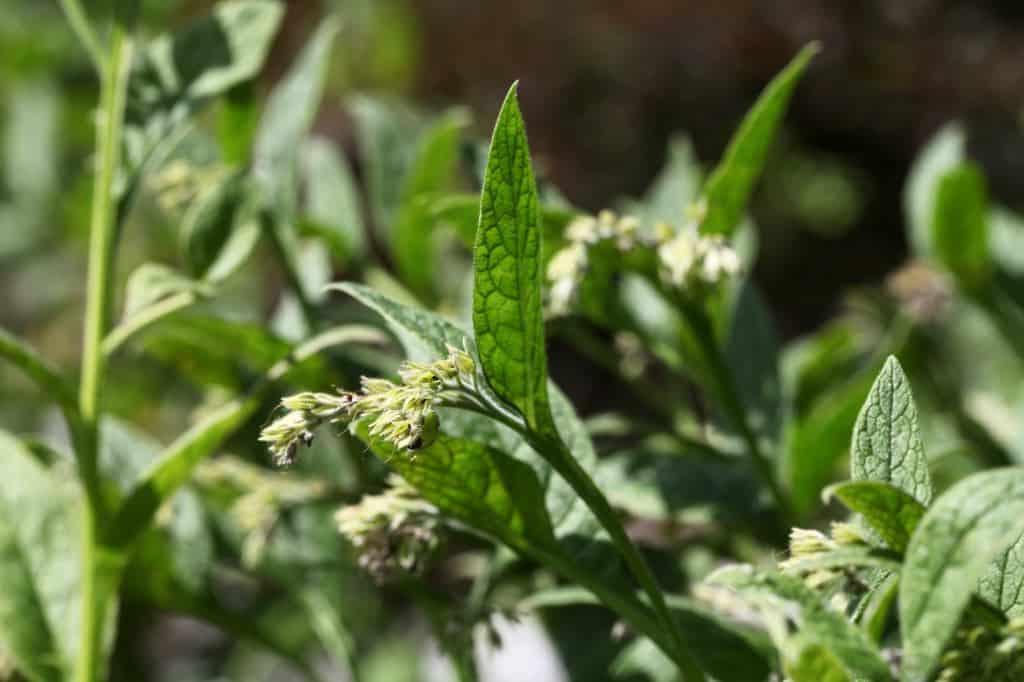
When doing this you will inevitably sacrifice some immature seeds which are also on the stem. These seeds will not be viable after cutting the stem, and can be discarded.
However you will also be able to find those mature seeds more readily by bringing the stems inside.
In an effort to prevent early seed loss, some crafty seed collectors use material such as organza bags or old pantyhose, to wrap the stems and catch the falling seeds, preventing them from dispersing.
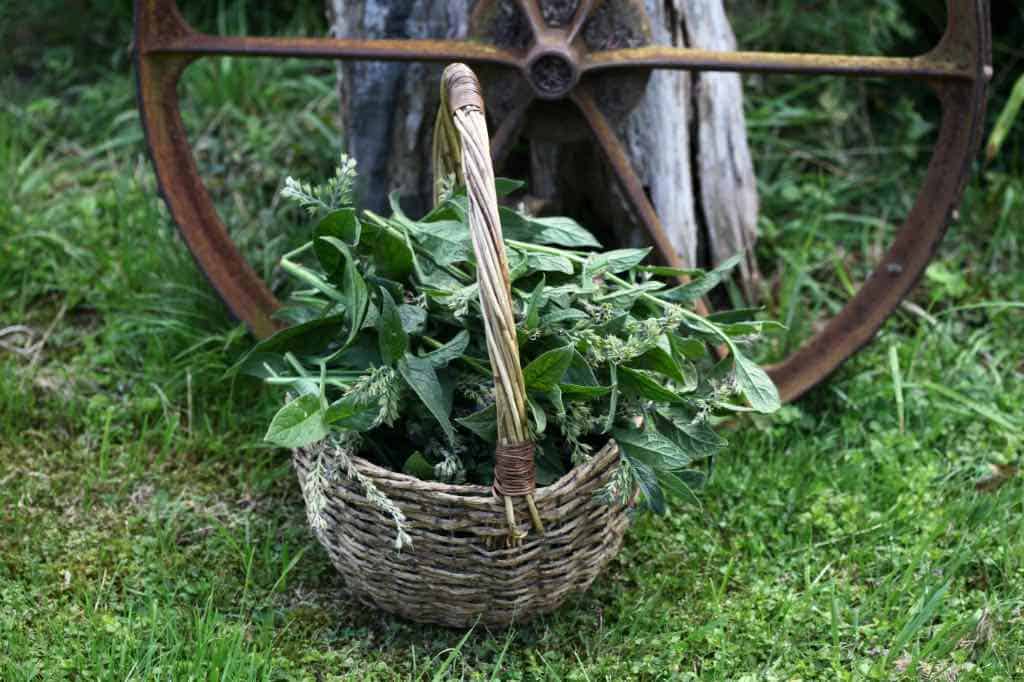
Storing Comfrey Seeds
After harvesting comfrey seeds it's important to dry the seeds before storage.
Set the seeds out on a plate and allow to air dry for approximately 24 hours.
Next, place comfrey seeds in a paper envelope, which will help to keep them dry.
Store in a cool dry place until ready to stratify before planting.
A common mistake with seed storage includes storing the seeds in a moist environment. This can cause an issue with mold, which can result in seed destruction.
Proper storage of seeds will provide for optimal longevity.
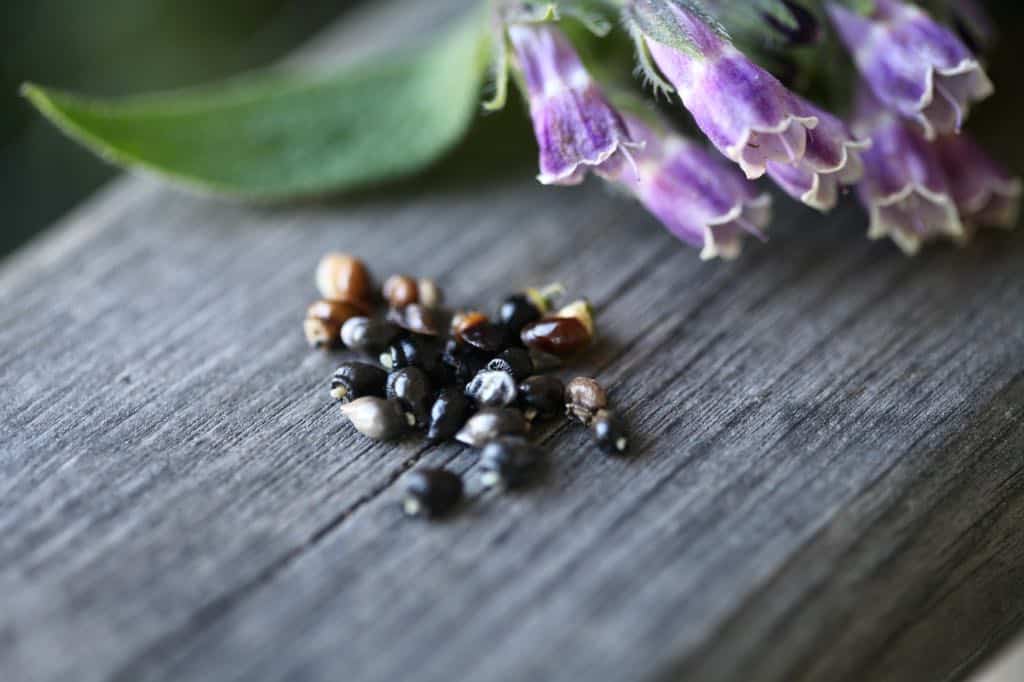
Frequently Asked Questions
Does Comfrey Self Seed?
Comfrey varieties that produce viable seed will readily self seed, if the seed pods are left in place.
As the seeds mature, they are quickly released from the seed pods, back into the garden.
To prevent self seeding you can prune back the flower stems after the flowers are spent.
Another option to prevent self seeding is to grow Russian comfrey or Russian Bocking, which is sterile, and does not produce any seeds. There are several varieties of Russian comfrey, and all are sterile.
One cultivar of Russian comfrey is known as Bocking 14. This comfrey plant does not produce seed, and is propagated by root cuttings.
Growers of comfrey bocking will not have an issue with extra comfrey seedlings from the self seeding process.
Is It Difficult To Harvest Comfrey Seeds?
Comfrey seeds are easy to harvest, as long as you get to the seeds at the right time.
Timing of the harvest can sometimes be a bit tricky, as you wait for the seeds to mature. If you wait too long, sometimes the seeds will be released from the pods and fall onto the ground.
Allow them to remain on the plant to maturity, however collect them before they drop to the ground.
Sometimes there is a very small window of opportunity between one stage and the other.
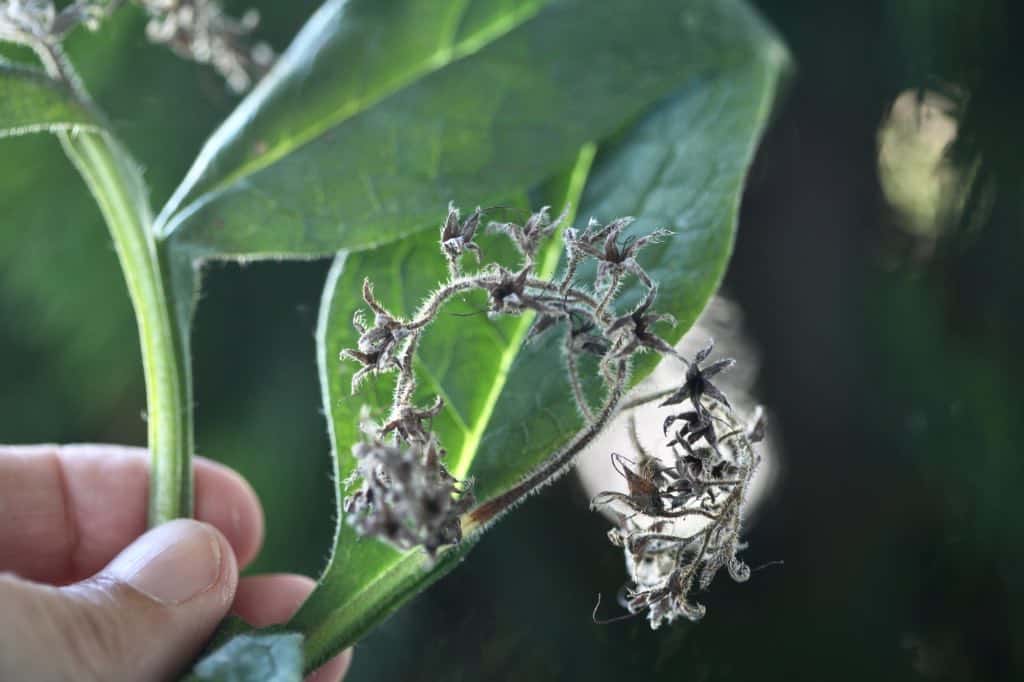
Is Comfrey Difficult To Grow From Seed?
Comfrey is fairly easy to grow from seed.
The seeds will benefit from a period of cold stratification to help improve germination.
Last winter I winter sowed my comfrey seeds in milk jugs, and in the spring they began to grow at just the right time.
Winter sowing perennial seeds helps to naturally stratify the seeds in the cold winter environment outdoors.
Do Comfrey Seeds Need Stratification?
Stratification is the process by which seeds are exposed to cold moist conditions which help to break down the outer seed coat and aides with germination.
Comfrey seeds can sometimes be difficult to germinate, and seed stratification can help to improve the germination rate.
To stratify, place the seeds in a baggie with some moist vermiculite, and place in the fridge for several weeks before planting.
You can also naturally stratify the seeds by using the winter sowing method of planting.
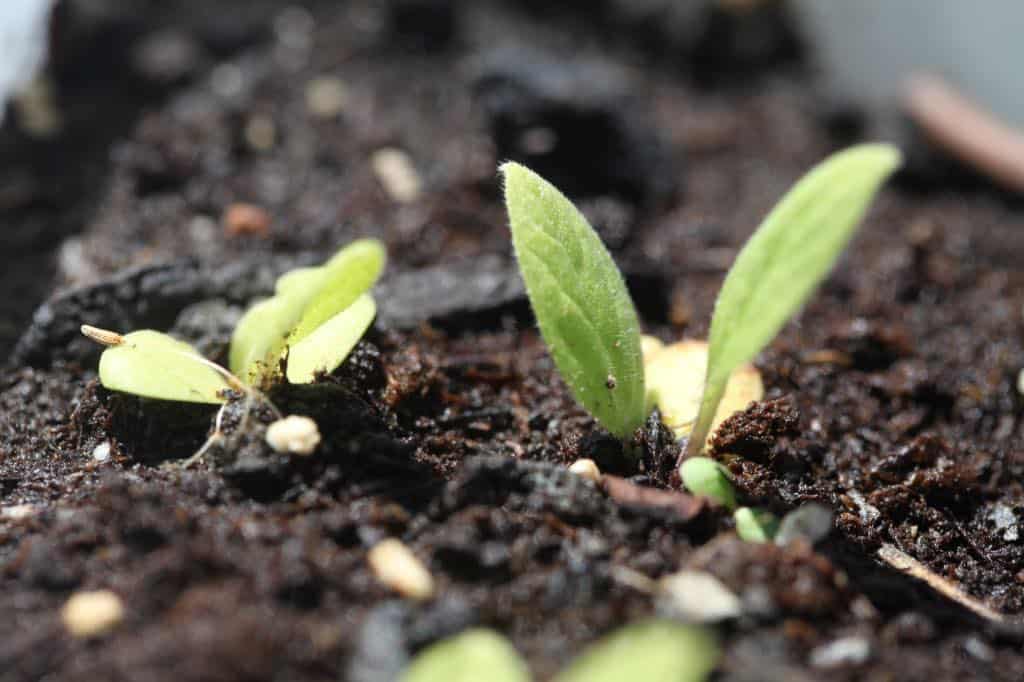
When To Plant Comfrey Seeds
Comfrey seeds can be started indoors about 8 weeks before the last spring frost in your usda plant hardiness zone. They can also be winter sown in early winter.
Alternatively the seeds can be directly sown into the garden, once the risk of all frost has passed.
- Remember that the seeds will benefit from stratification before planting for improved germination rates.
- When planting indoors, start the seeds in a soilless seed starting mix. Keep the planting medium moist until the seeds germinate.
- Once the seedlings have germinated, grow under lights until the new plants can be planted into the garden, when the risk of frost has passed.
- When direct sowing into the garden, sow seeds into a prepared bed in a full sun to partial shade location. Plant into fertile soil which is high in organic matter.
- Again, keep the seeds in moist soil until germination occurs.
- Germination make take several weeks. Comfrey also has a reputation of low germination rates, and not all seeds may sprout.
- In the first year the comfrey seedlings will put their energy into growth and root development. Flowering will occur in the second season of growth, when the seedlings are more mature plants.
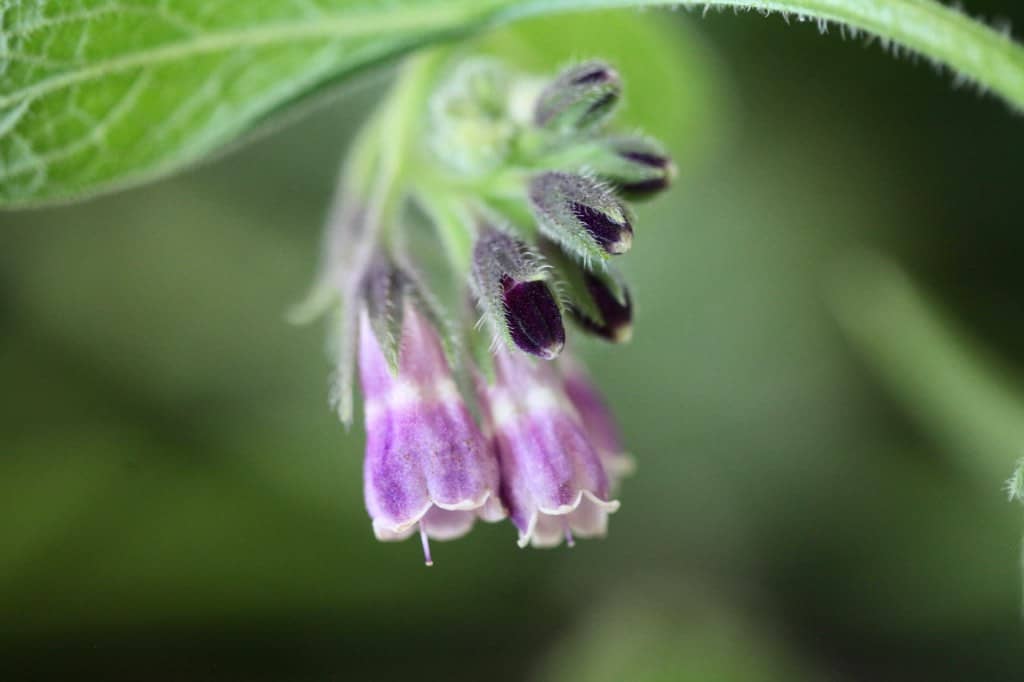
Conclusion
Comfrey is a fast-growing herb that has many benefits for the garden.
Consider harvesting comfrey seeds, to save them for propagation.
The seeds are easy to collect if you get to the individual mature pods at just the right time. Make sure that you harvest the seeds before they are dispersed into the garden.
Collect and save the seeds, until you are ready to prepare them for planting.
Harvesting comfrey seeds is a great way to economically grow new comfrey plants for your garden.
It will take several years before new comfrey plants grown from seed will produce flowers and seeds of their own.
Comfrey makes a wonderful and economical fertilizer for the garden.
Consider harvesting some comfrey seeds this growing season. Add some new comfrey plants to your garden to draw the pollinators, and to use as a natural fertilizer for your garden.
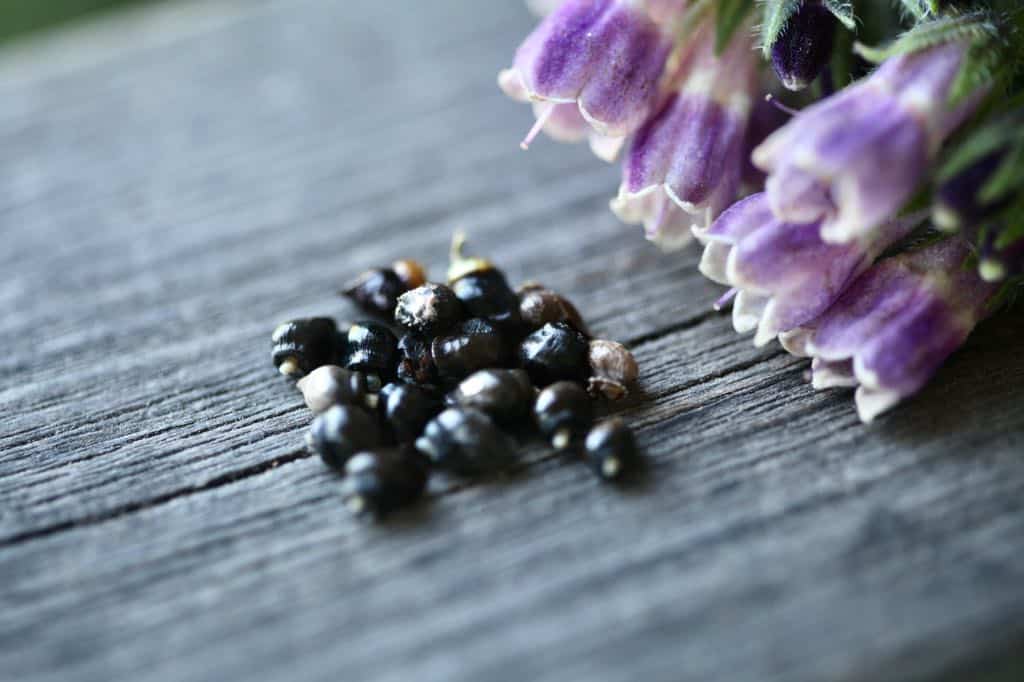
Other Posts You May Like:
See the Web Story on Harvesting Comfrey Seeds!
PIN IT FOR LATER!
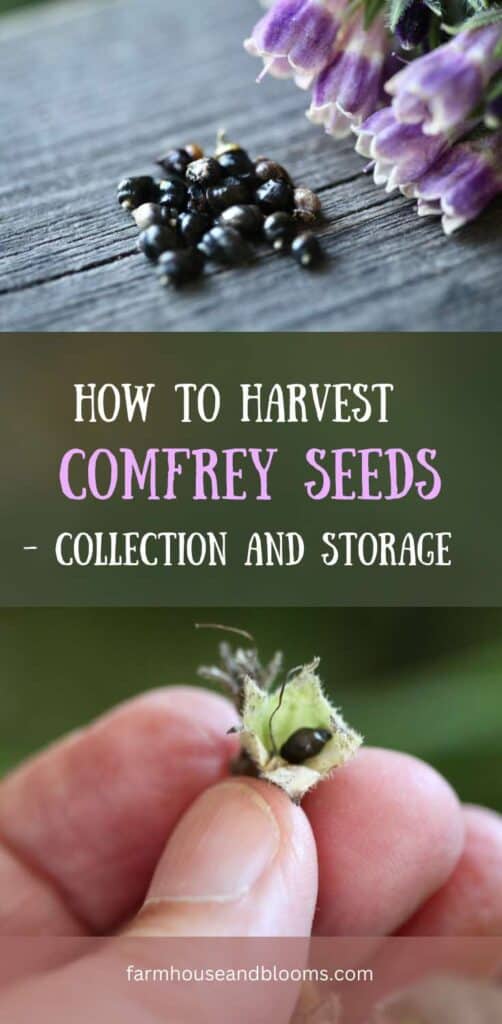
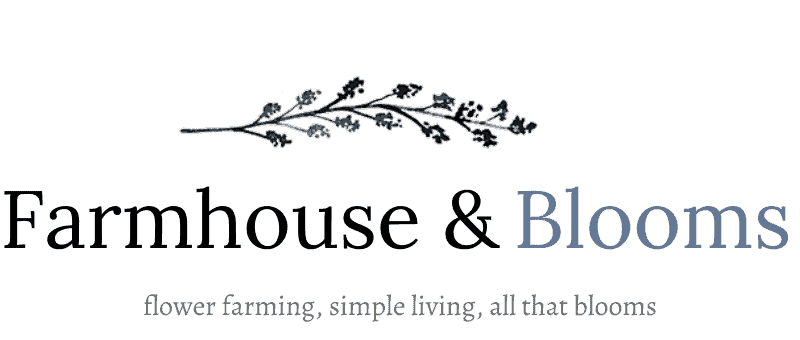

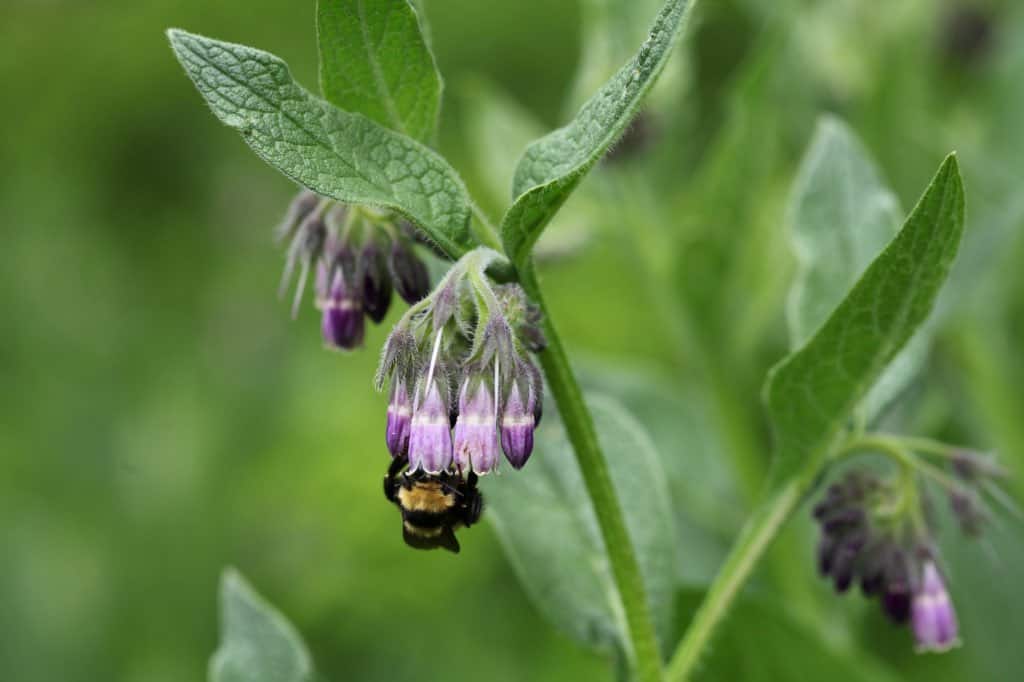
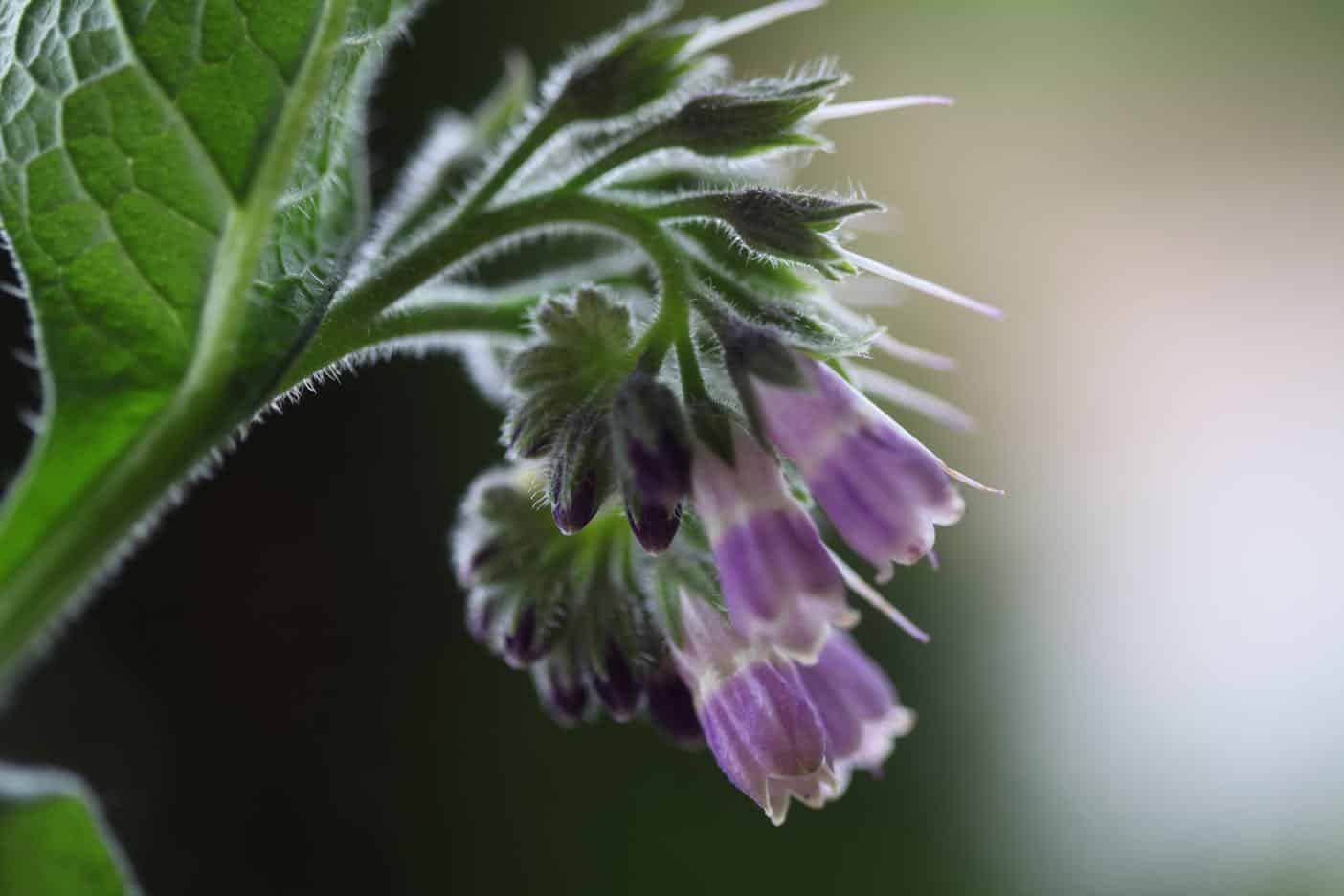
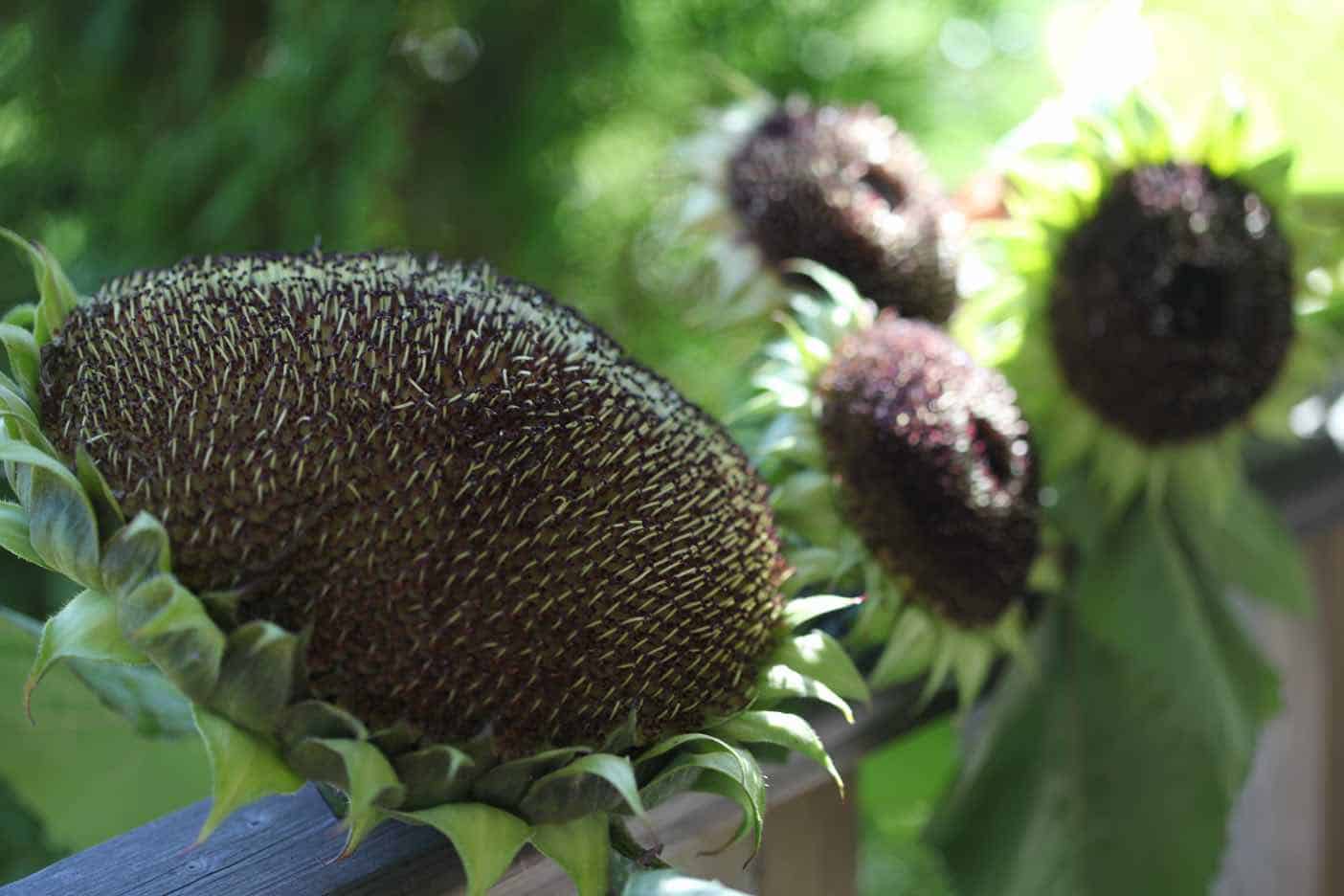
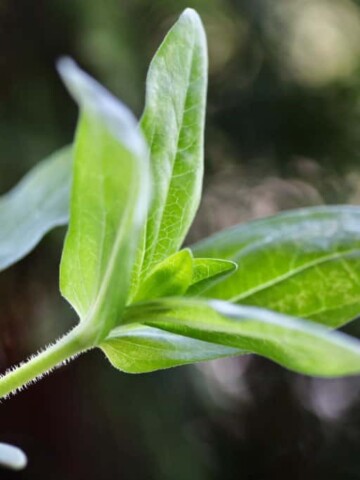
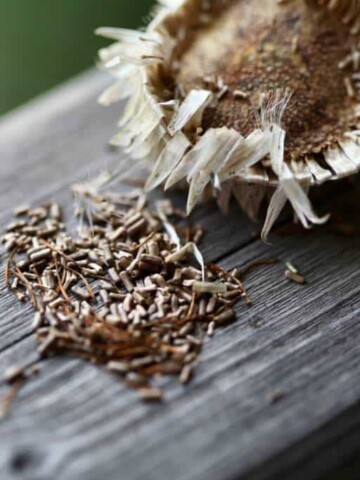
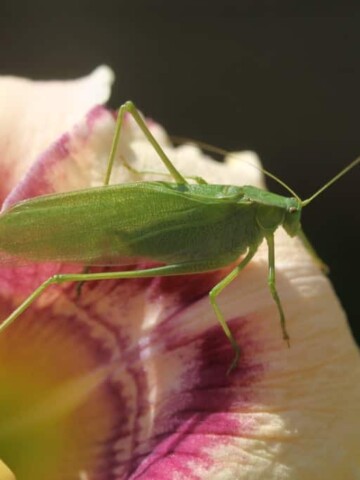
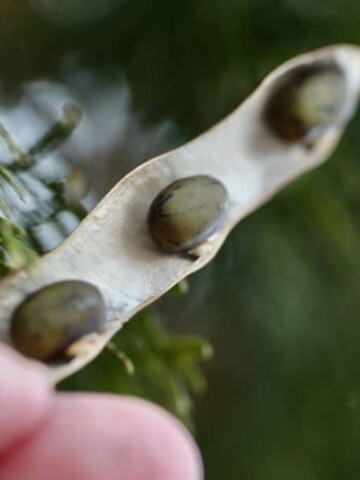
Leave a Reply